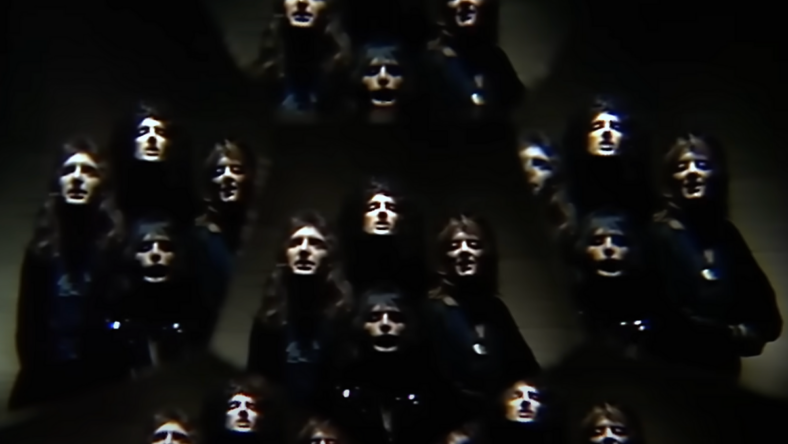
The 70s marked the birth of the music video, with artists like Queen, Pink Floyd, and ABBA pioneering visual storytelling in music. Before MTV’s launch, these videos combined music with cinematic elements, setting the stage for a new era in musical expression. This list explores ten groundbreaking music videos of the 70s that pushed creative boundaries and left a lasting impact on popular culture!
“Big Yellow Taxi” by Joni Mitchell
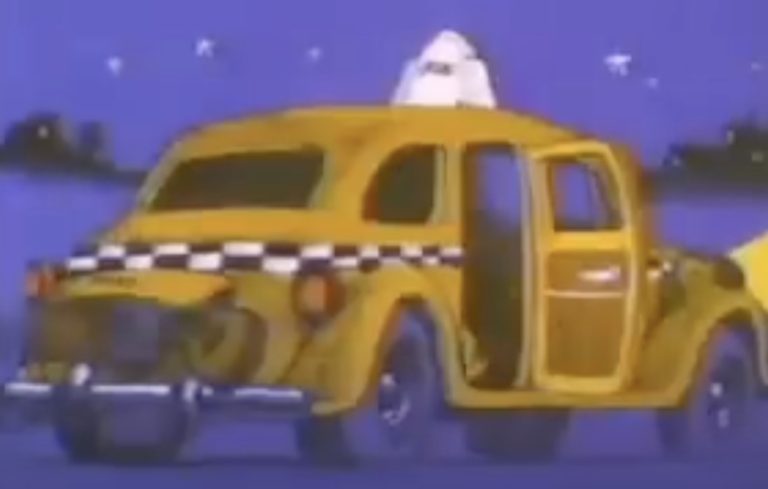
First up on our list of groundbreaking music videos of the 70s was Joni Mitchell‘s “Big Yellow Taxi“. The song stood out as Mitchell’s rare venture into pure pop on her album Ladies of the Canyon, but its the song’s environmental message that audiences remember today.
The “Big Yellow Taxi” music video was brought to life for The Sonny & Cher Comedy Hour in the early 1970s. The animation’s quirky approach perfectly complemented Mitchell’s cautionary tale, earning it a place on our list.
“Take a Chance on Me” by ABBA

Next, ABBA‘s “Take a Chance on Me” video from 1978 highlighted the Swedish pop group’s charm to a growing American audience. The video opened with the four ABBA members seated in a recording studio.
As Agnetha and Anni-Frid began singing, the camera moved between them, creating a sense of conversation. Then, Benny and Björn chimed in with harmonies. The video used split-screen effects and unique quick cuts to keep viewers engaged, despite the stationary setting. This approach also highlighted ABBA’s individual personalities and their group dynamic.
Ultimately, this simple, yet effective video helped solidify ABBA’s status as international pop icons, appealing to fans who loved both their music and their visual style.
Related: Garth Brooks Praises Wife Trisha Yearwood As She Turns 60 – ‘You Look Better Than Ever’
“I Will Survive” by Gloria Gaynor

Another one of the most groundbreaking music videos of the 70s was Gloria Gaynor‘s “I Will Survive“. This video captured the essence of disco. Her iconic sequined gown glittered under the lights, instantly setting the mood.
The camera alternated between full-body shots showing off her dance moves and close-ups of her expressive face. Throughout the video, Gaynor seamlessly transitioned between dancing and rollerskating, showcasing her versatility as a performer. This creative approach kept viewers engaged and emphasized the song’s message of overcoming obstacles with grace.
Gaynor’s performance turned “I Will Survive” into more than just a hit that helped the song remain a timeless classic.
Related: 9 Biggest British Royal Scandals
“Walking on The Moon” by The Police
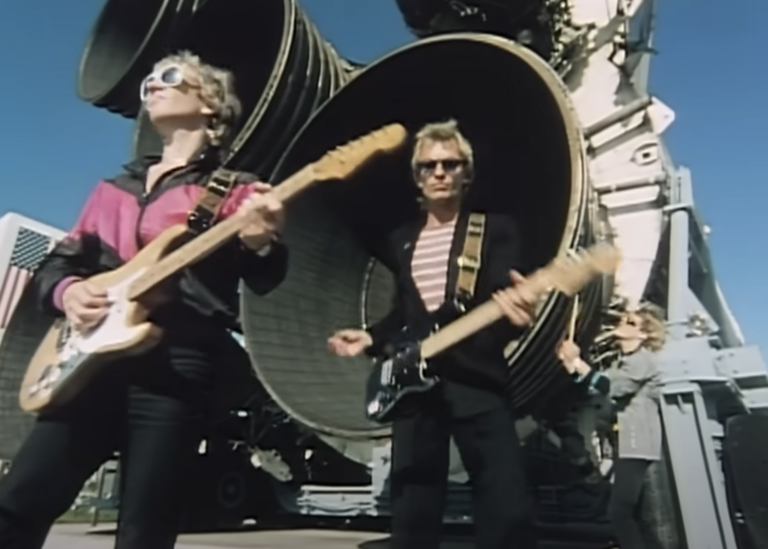
The Police’s 1979 music video for “Walking on the Moon” also earned a place on our list. It was filmed at NASA’s Kennedy Space Center. It featured Sting, Andy Summers, and Stewart Copeland performing amid space equipment and rockets.
Sting, the lead singer, sported his iconic bleached hair. The band played their instruments in various locations around the space center, including in front of massive rockets.
The video mixed performance shots with footage of real space missions, creating an entertaining visual that matched the song’s theme. Overall, “Walking on the Moon” truly demonstrated how a unique shooting location could enhance a music video’s impact.
“It’s Only Rock n Roll (But I Like It)” by The Rolling Stones
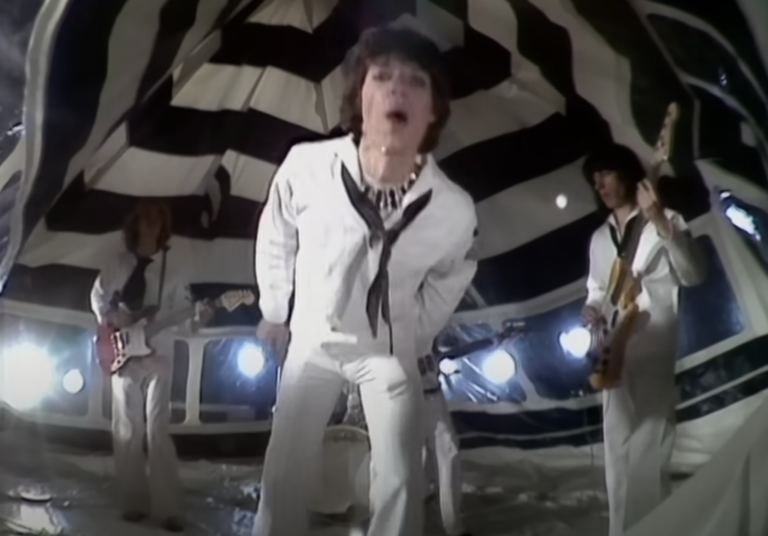
Next up on our list of groundbreaking music videos of the 70s, we have The Rolling Stones‘ 1974 video for “It’s Only Rock ‘n Roll (But I Like It)”. The band performed in sailor suits inside a giant tent filled with foam bubbles. As they played, the bubbles gradually took over the room.
Mick Jagger‘s energetic performance stood out as he struggled to sing while being submerged in the foam. The other band members – Keith Richards, Bill Wyman, Charlie Watts, and Mick Taylor – played on as the bubbles continued to rise.
The video’s playful and chaotic tone contrasted with the Stones’ rebellious image, adding a touch of humor to their rock star personas. It was also Mick Taylor’s final appearance in a Stones video before leaving the band. This music video helped the song become a hit, while also showing the band’s willingness to embrace the emerging music video format.
“Accidents Will Happen” by Elvis Costello & The Attractions

Elvis Costello & The Attractions released the music video for “Accidents Will Happen” in 1979. Like “Big Yellow Taxi”, this video stood out for its innovative use of animation at a time when music videos were still a developing art form.
Directors Annabel Jankel and Rocky Morton took an experimental approach, using early computer animation techniques. This gave the video a unique, almost sketch-like quality that fit well with Costello’s sound. Throughout the video, visual puns and literal interpretations of lyrics appeared on screen. For example, when Costello sang the chorus, various accidents occured such as icebergs breaking, ketchup exploding, and more.
Overall, the “Accidents Will Happen” music video helped establish Costello as an artist willing to push creative boundaries. It also showed how effective simple animation could be in music videos, influencing many future music videos.
“Heart of Glass” by Blondie
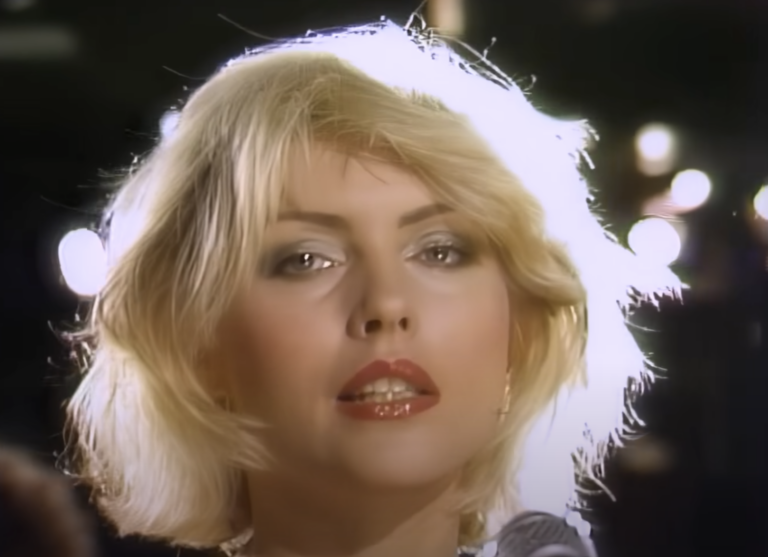
Another one of the top ten groundbreaking music videos of the 70s was Blondie‘s “Heart of Glass” . Released in 1978, it highlighted the band’s transition from punk to new wave. The video was filmed at New York’s Studio 54, showcasing the iconic nightclub’s atmosphere.
The video centered on lead singer Debbie Harry, whose performance brought the song to life. Her platinum blonde hair, red lips, and shimmering dress embodied the glamorous disco era while still maintaining her punk edge. The director alternated between close-ups of Harry and wider shots of the full band performing.
The video’s straightforward approach let the music and Harry’s star power shine. It helped “Heart of Glass” become an international success, while also cementing Blondie’s appeal and Harry’s status as a style icon.
“Another Brick in The Wall” by Pink Floyd
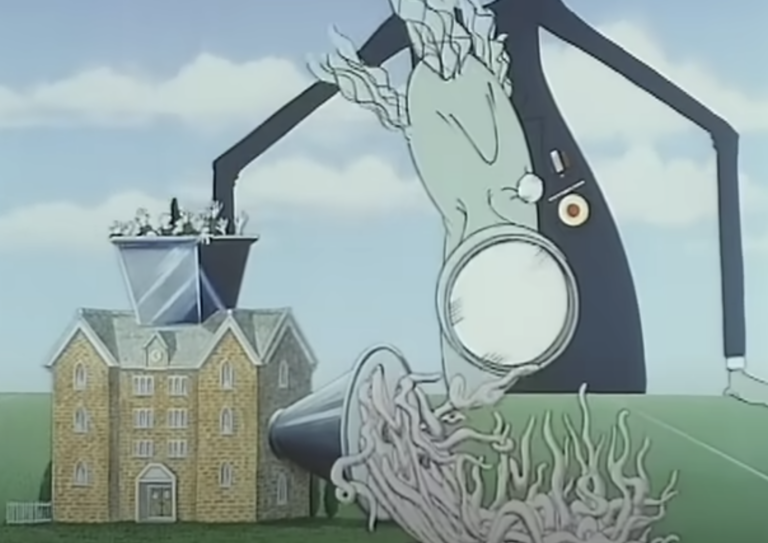
Pink Floyd‘s “Another Brick in the Wall (Part Two)” video, released in 1979, brought the song’s critique of public education to life as a part of their iconic concept album The Wall .
The music video opened with a view of a bleak, factory-like school. As the iconic bassline kicked in, the video blended live-action with animation. It depicted students as blank-faced puppets as they were fed into a meat grinder of education. In contrast, the director also included scenes of students rebelling by destroying the school. Of course, the video’s most memorable moment, however, came when real school kids sang the famous “We don’t need no education” line in a gym.
By the end, this iconic song and music video became a statement that spoke to anyone who’d ever felt stifled by the system.
“Video Killed The Radio Star” by Buggles

As perhaps one of the most iconic songs of the decade, we had to include “Video Killed The Radio Star” by The Buggles on our list. The video’s director, Russell Mulcahy, crafted visuals that perfectly matched the song’s theme of technology changing music.
The video kicked off with a young girl inside an old radio, setting the stage for a wild ride. Trevor Horn and Geoff Downes, the band members, wore outfits that blended 50s style with a modern space-age twist.
Mulcahy’s direction brought the song’s concept to life as old radios exploded in slow motion and TVs lit up with images. A flashy silver-wearing “video star” danced through it all, driving home the song’s message. Notably, this video also made history as the first clip ever played on MTV in 1981, marking the start of a new era in music.
Also Read: 7 Best Male Singers of the 70s
“Bohemian Rhapsody” by Queen
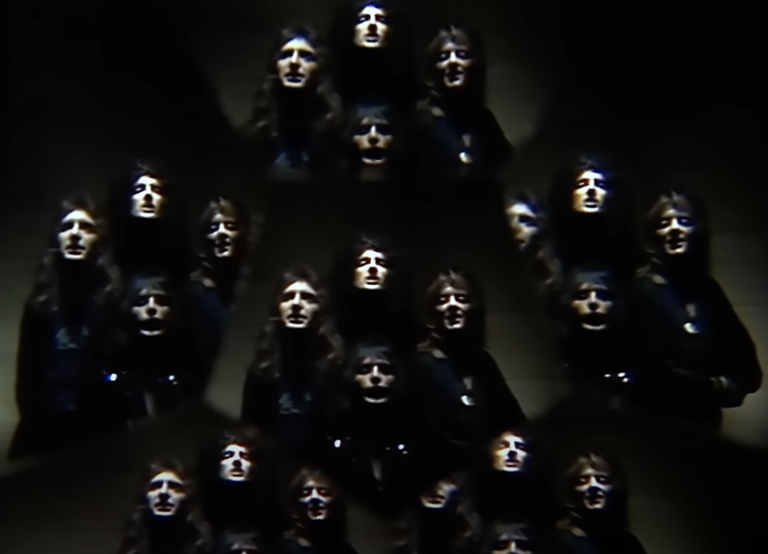
Last but definitely not least, Queen‘s “Bohemian Rhapsody” was one of the most groundbreaking music videos of the 70s. In 1975, this visual masterpiece complemented the song’s big, dramatic sound. The video, directed by Bruce Gowers, opened with the now-iconic shot of the band members’ faces emerging from darkness. It instantly became a famous image.
Throughout the video, the director used different techniques to bring the song’s sections to life. Some of which were prism and kaleidoscopic effects during the iconic opera middle portion, captivating viewers and setting a new standard for creativity in music videos.
The “Bohemian Rhapsody” video also played a crucial role in the song’s promotion and success. Since MTV didn’t exist yet when this video came out, this music video helped bring the song to the top of the charts and earned the final place on our list.
More About:Music
